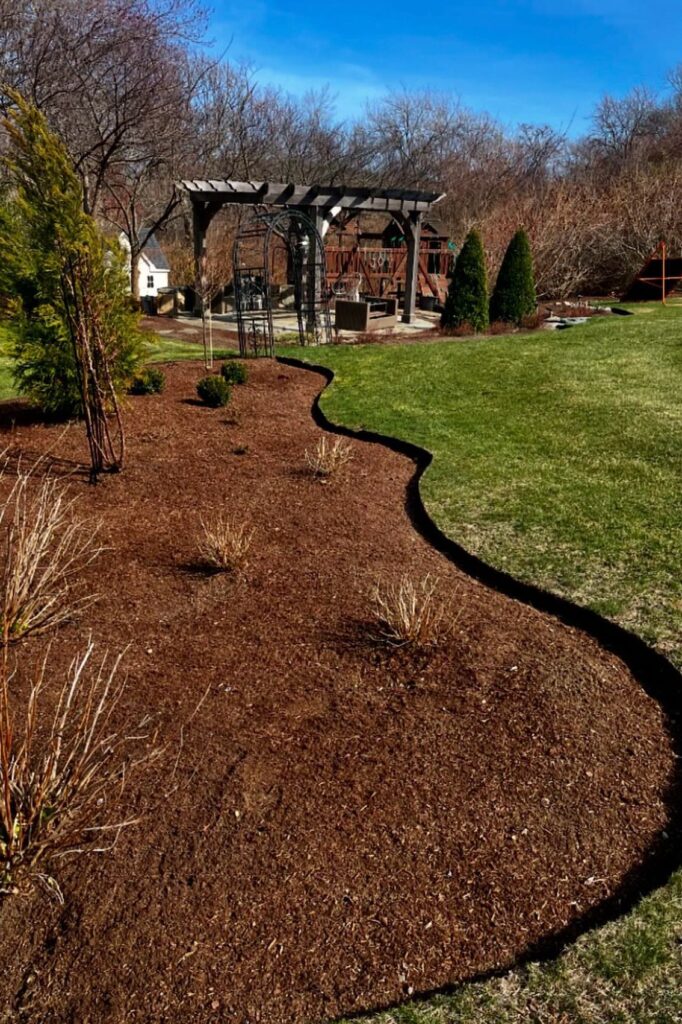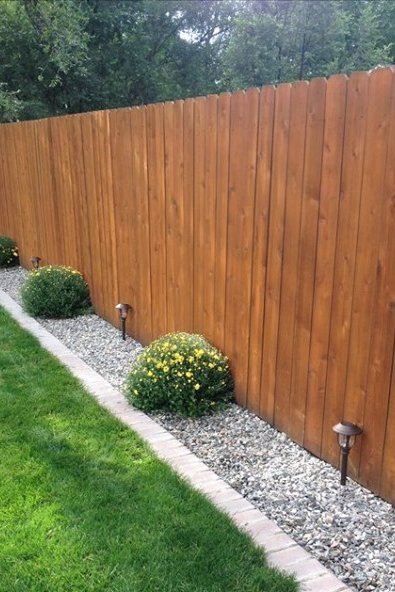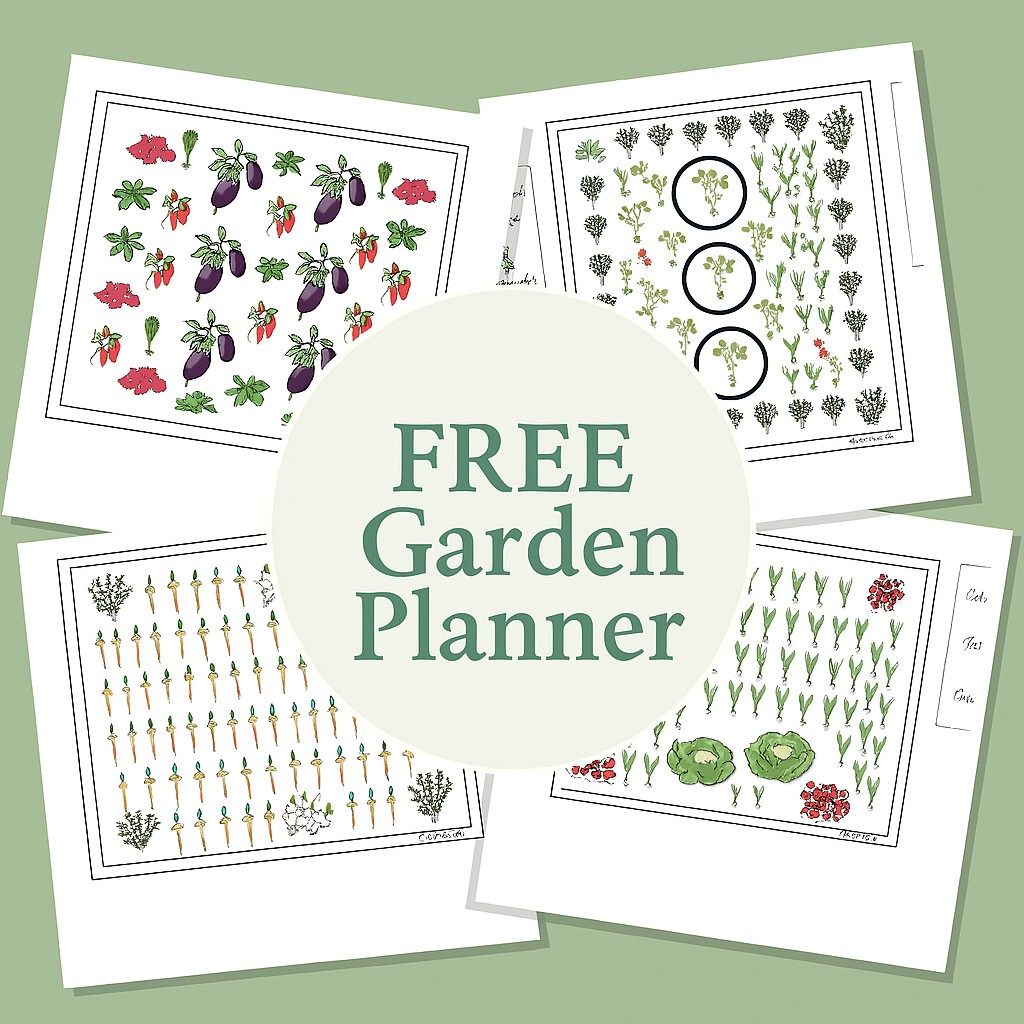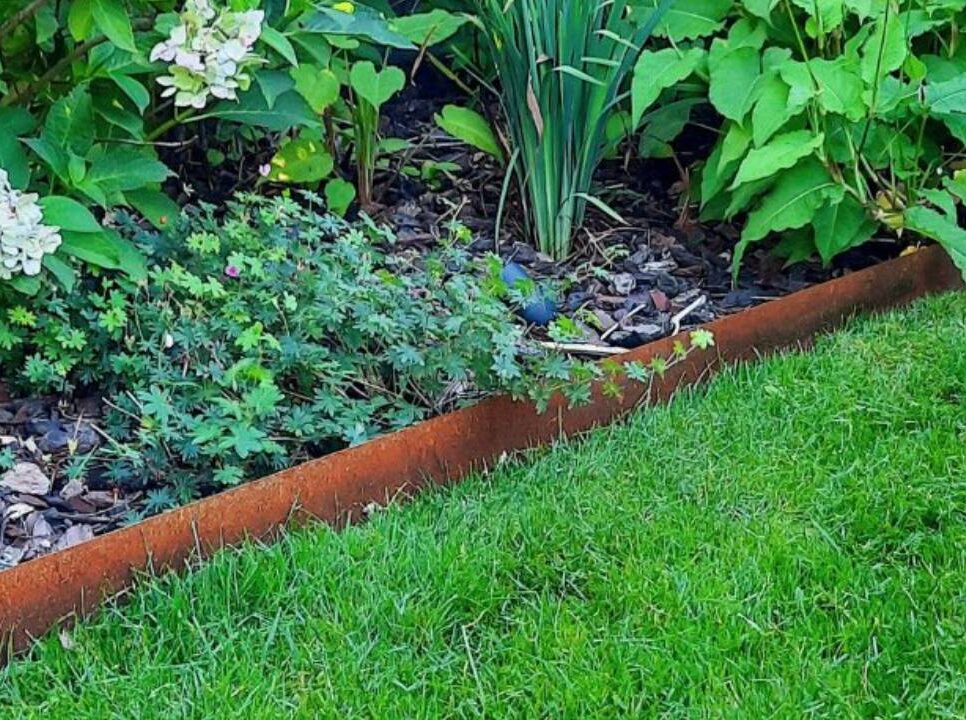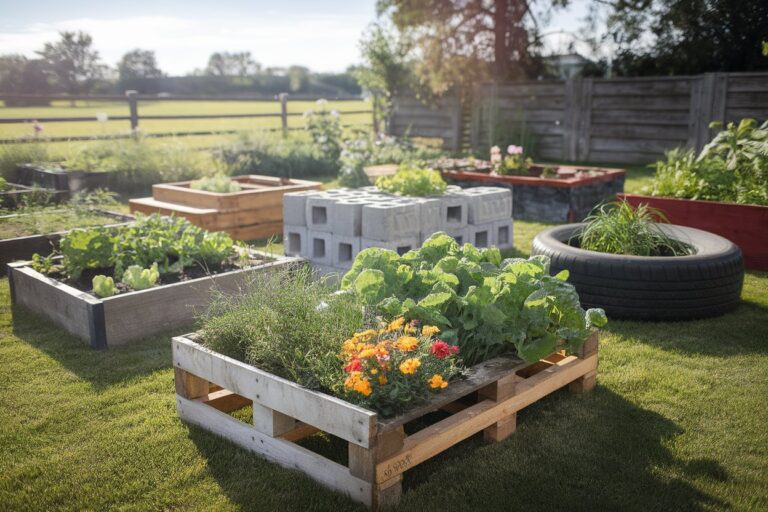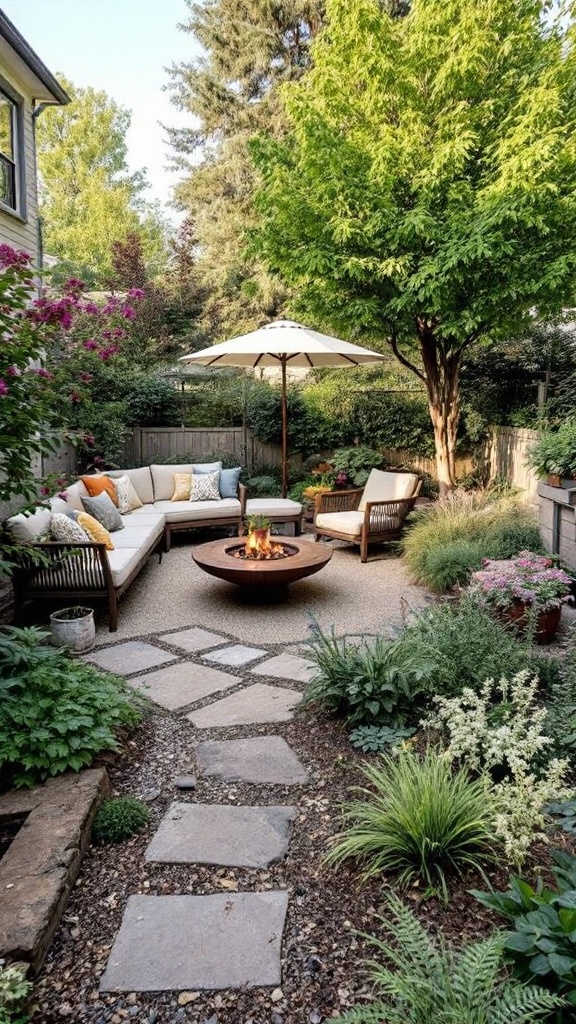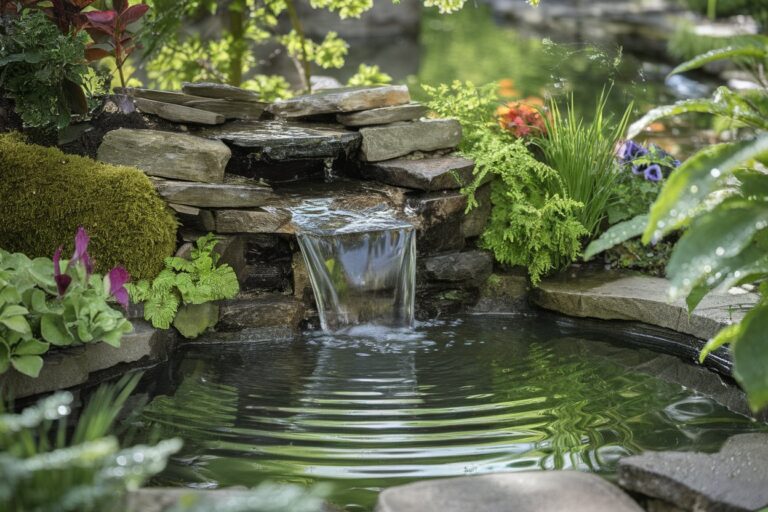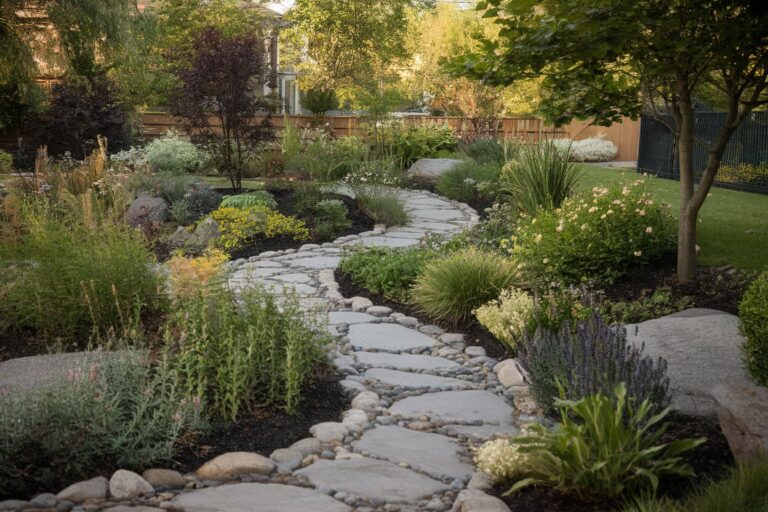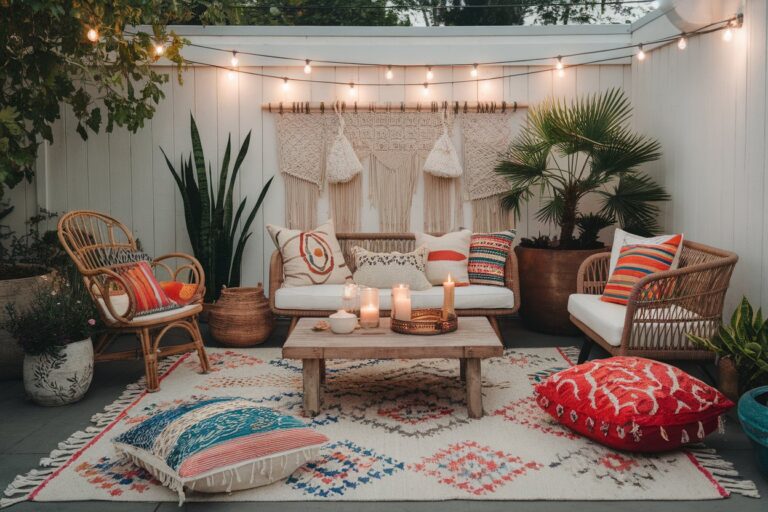How Garden Edging Transforms Your Outdoor Space
There’s something deeply satisfying about a well-tended garden—lush, blooming, maybe a little wild in the best way—but when everything has its place, that’s when it truly shines.
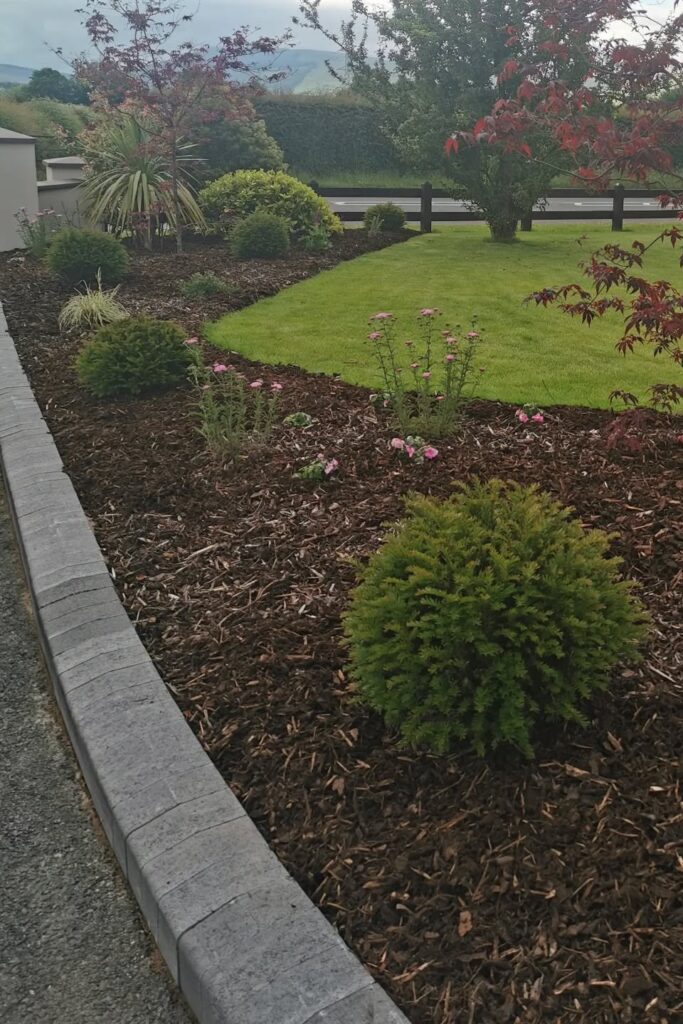
That’s where garden edging comes in.
It’s not just a finishing touch; it’s the quiet hero that brings structure, definition, and a little bit of wow factor to your outdoor space.
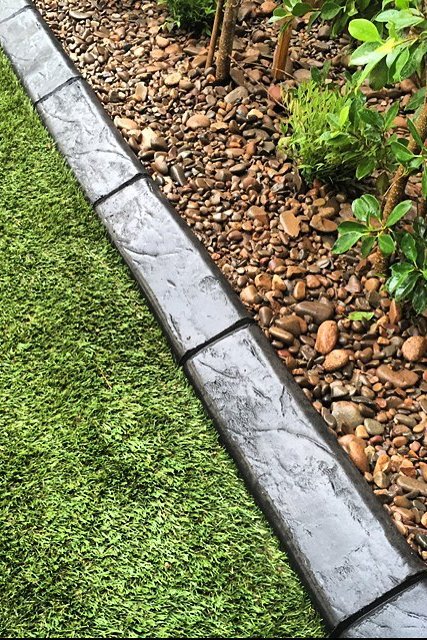
Why Garden Edging Matters More Than You Think
I used to think edging was one of those optional extras—like fancy mulch or decorative gravel.
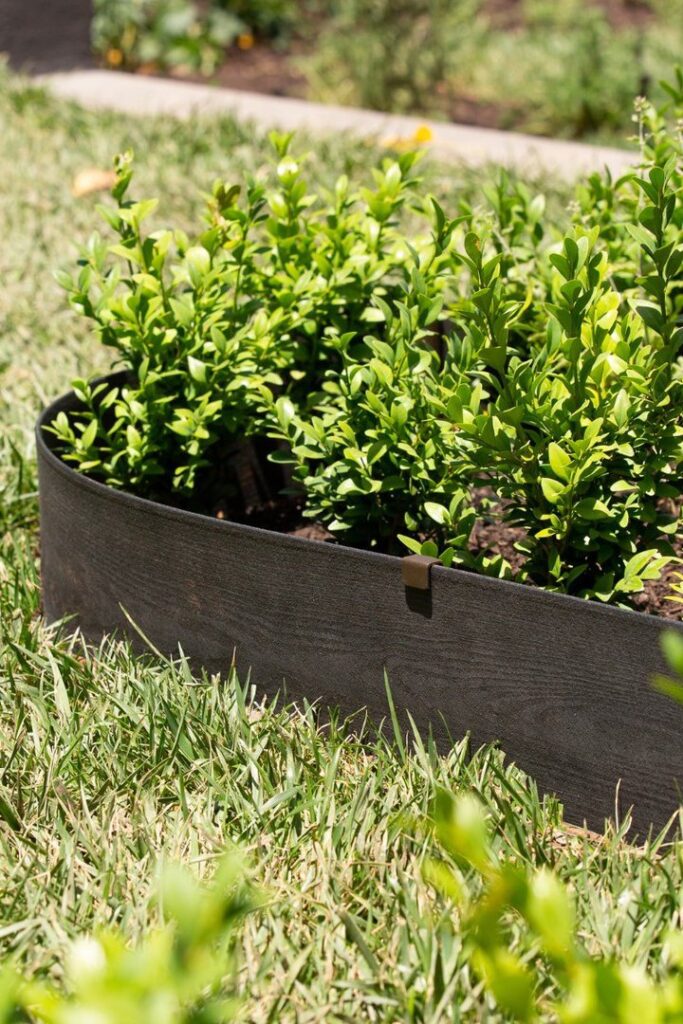
Nice to have, but not essential. But once I started using it in my own garden, especially around curved paths and raised beds, I saw the difference instantly.
Edging doesn’t just tidy things up—it gives your whole garden a clear identity.
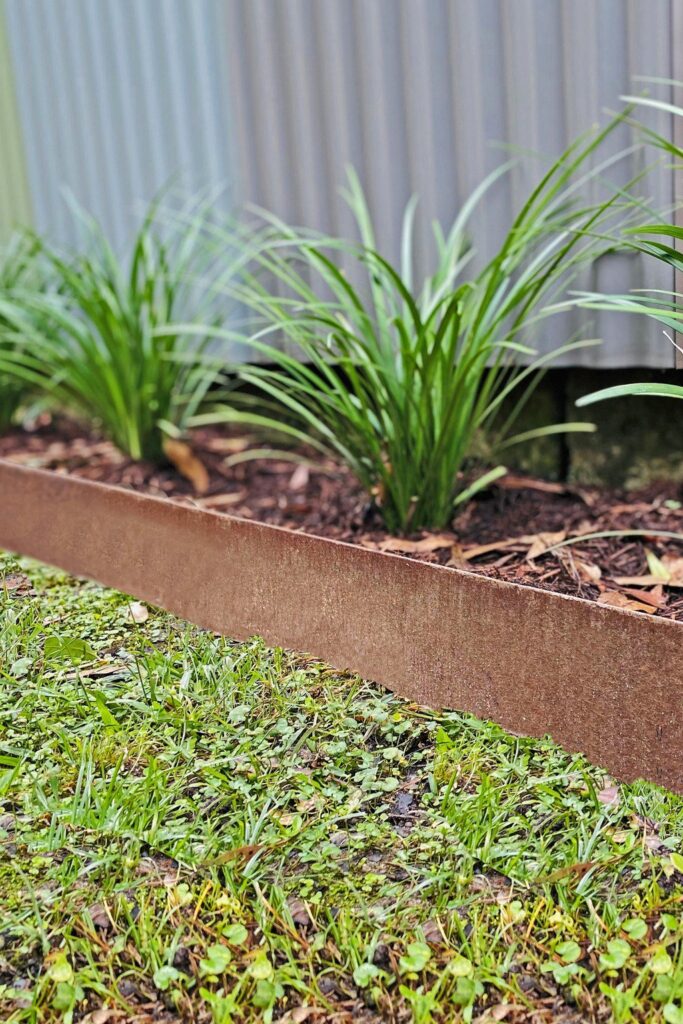
It separates flower beds from lawns, paths from planting zones, and keeps wandering grass from invading where it shouldn’t.

In a way, it’s like giving your garden a frame. Everything looks more intentional, more loved, and honestly, way easier to maintain.
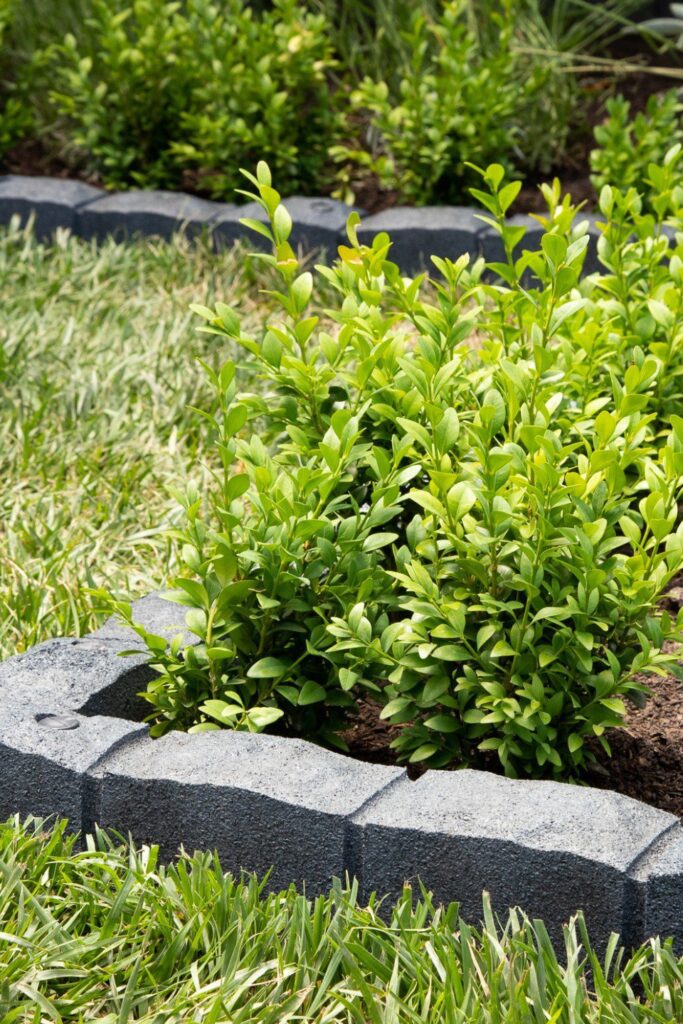
Choosing the Right Edging for Your Space
Edging can be as subtle or dramatic as you want it to be. Here in New Zealand, I’ve noticed how local gardeners get creative with what they use—everything from recycled bricks and river stones to corten steel and timber sleepers from Mitre 10.
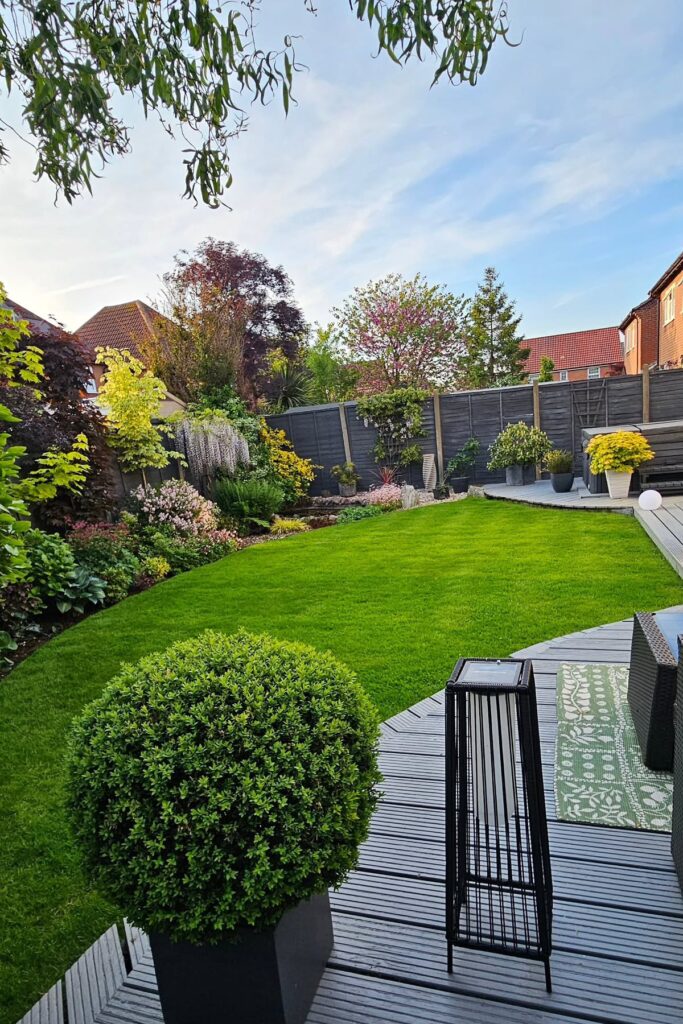
Some even use native timber to blend with the surrounding landscape, which I think is a lovely nod to our environment.
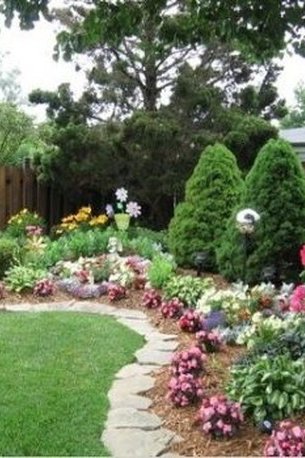
For a clean and contemporary look, metal or concrete strips do a brilliant job. If you want something softer and more natural, wood or stone edging blends in beautifully.
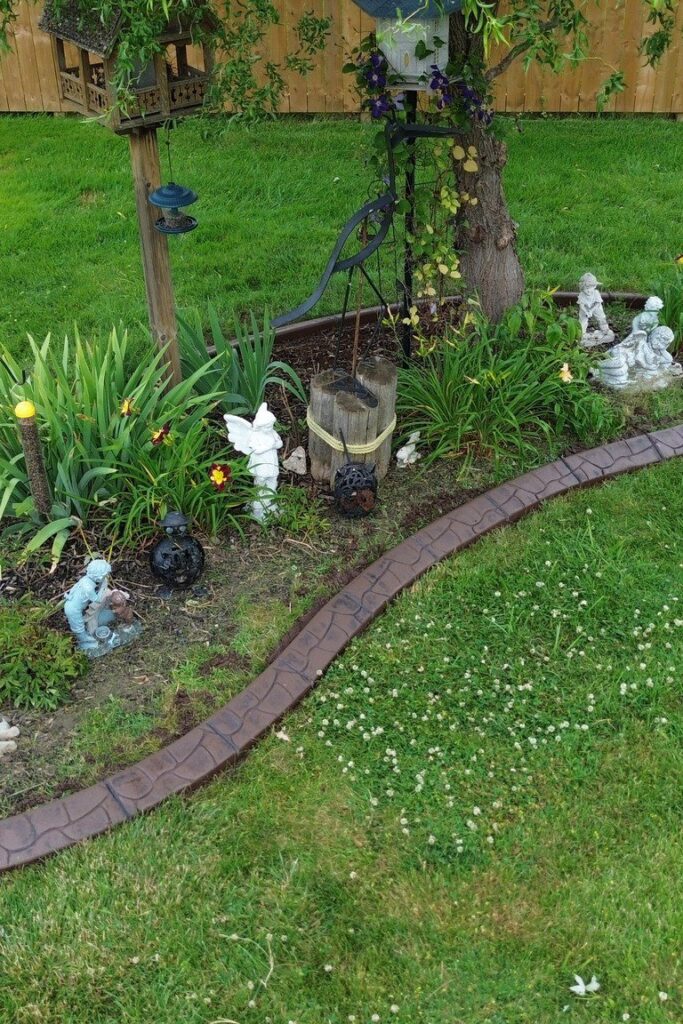
There’s no single “right” material—it really comes down to the style of your garden and how much upkeep you’re up for.
Installation Tips That Save You Hassle Later
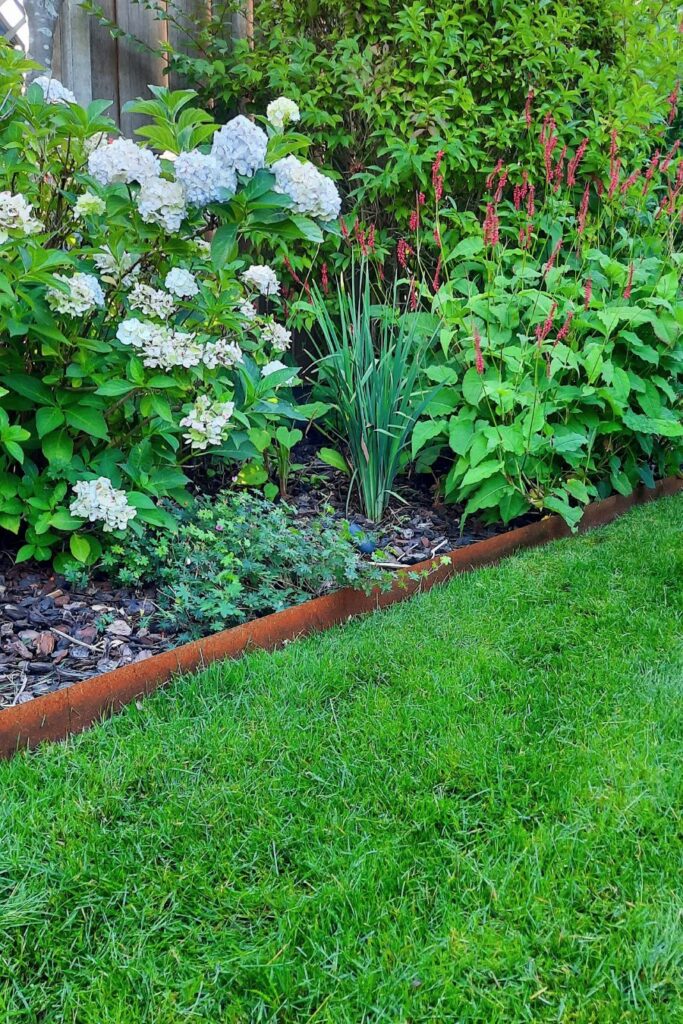
One thing I’ll say—take your time with installation. It’s tempting to rush through it, but a properly installed edge will last years and make everything look seamless.
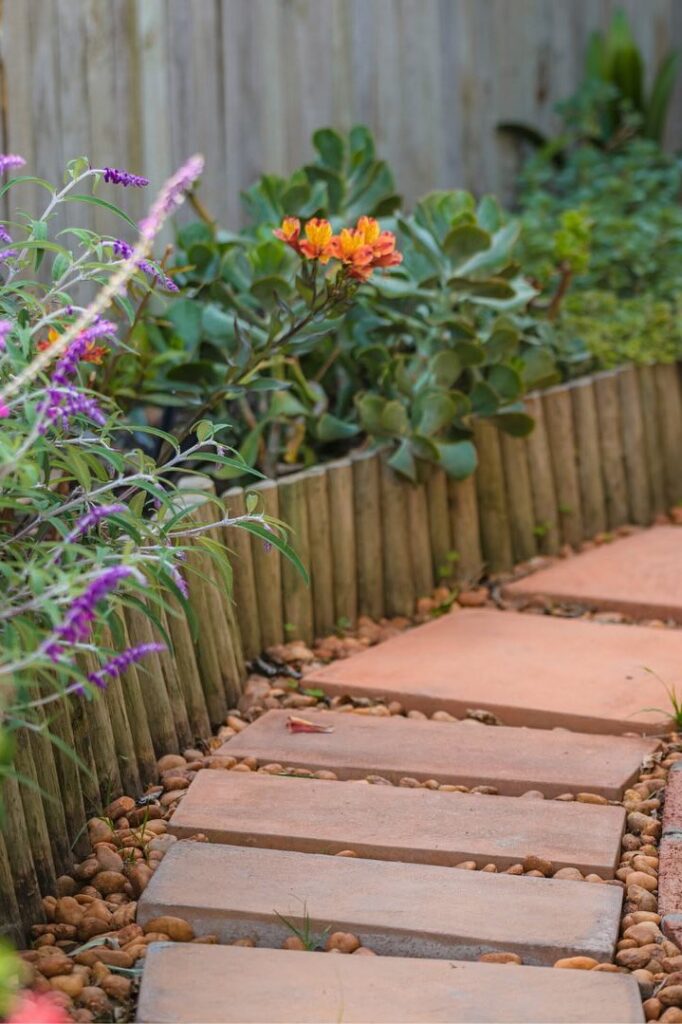
If you’re laying something rigid like stone or brick, you’ll want to dig a shallow trench and level the base.
Flexible edging needs anchoring spikes and a bit of patience to follow curves nicely.
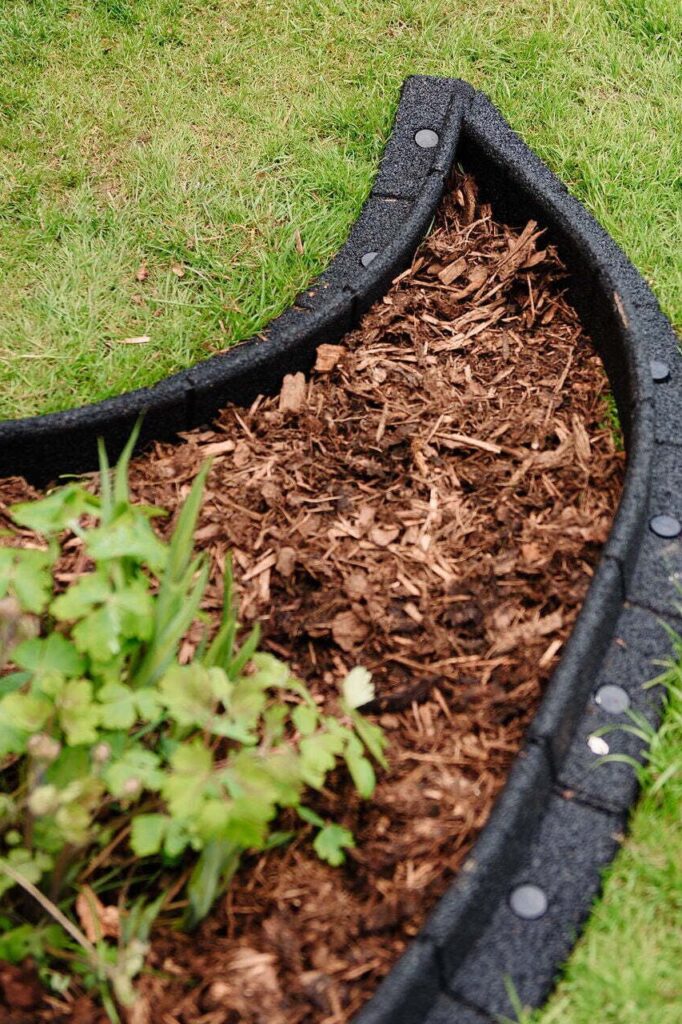
We get a fair bit of rain on the North Island, so I’ve learned to slope my edging slightly away from the garden bed to help with drainage. Small detail, big difference.
Functional and Beautiful

Aside from looking sharp, edging helps with practical stuff, too.
It keeps mulch contained, defines mowing lines, and protects delicate plants from foot traffic.
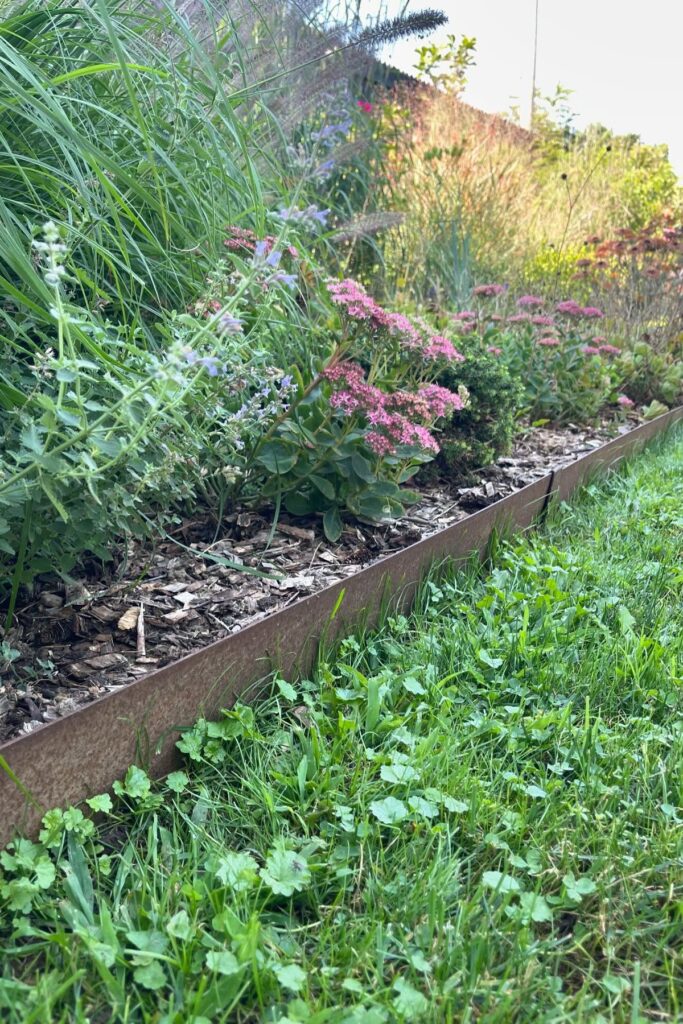
I’ve even used edging to build in subtle changes in elevation, making the garden feel more layered and dynamic.
And if you’ve got kids or pets running around—trust me, a solid border around delicate garden zones can save you a lot of grief.
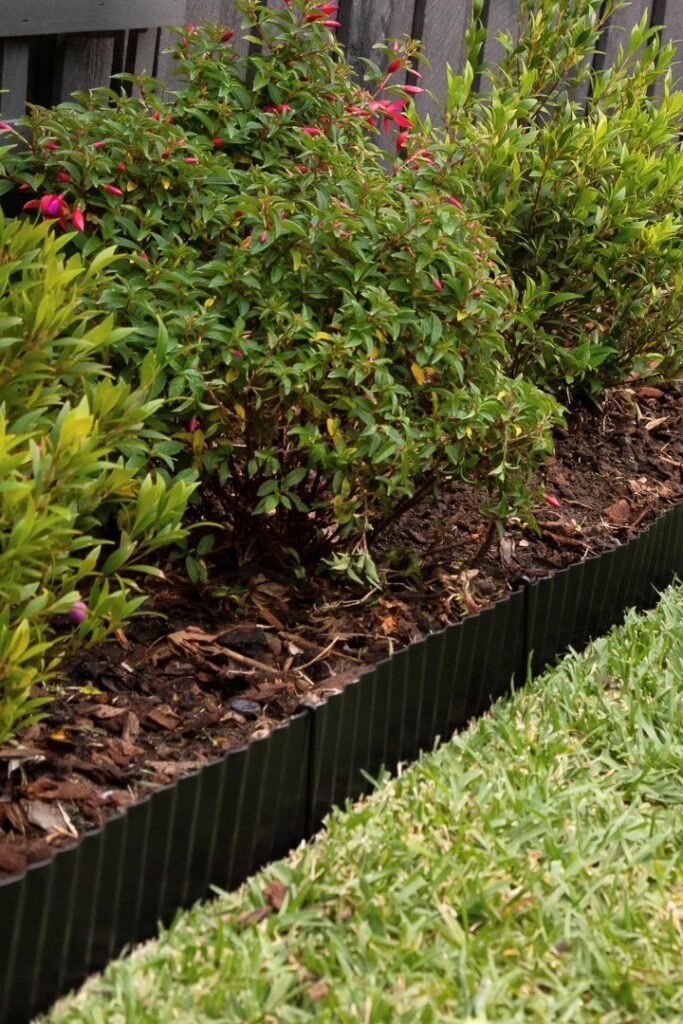
A Final Thought
If your garden feels a bit unruly or like something’s missing, edging might just be your answer.
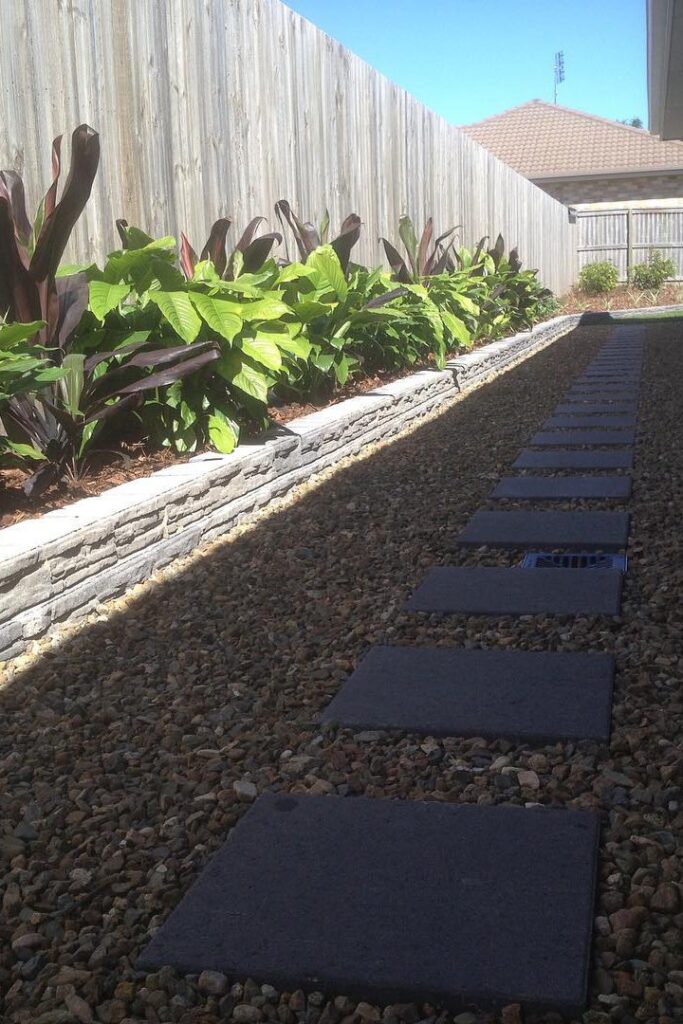
It’s one of those little upgrades that punches above its weight in impact. Whether you go rustic or modern, DIY or pre-fab, a good edge gives your green space polish without fuss.
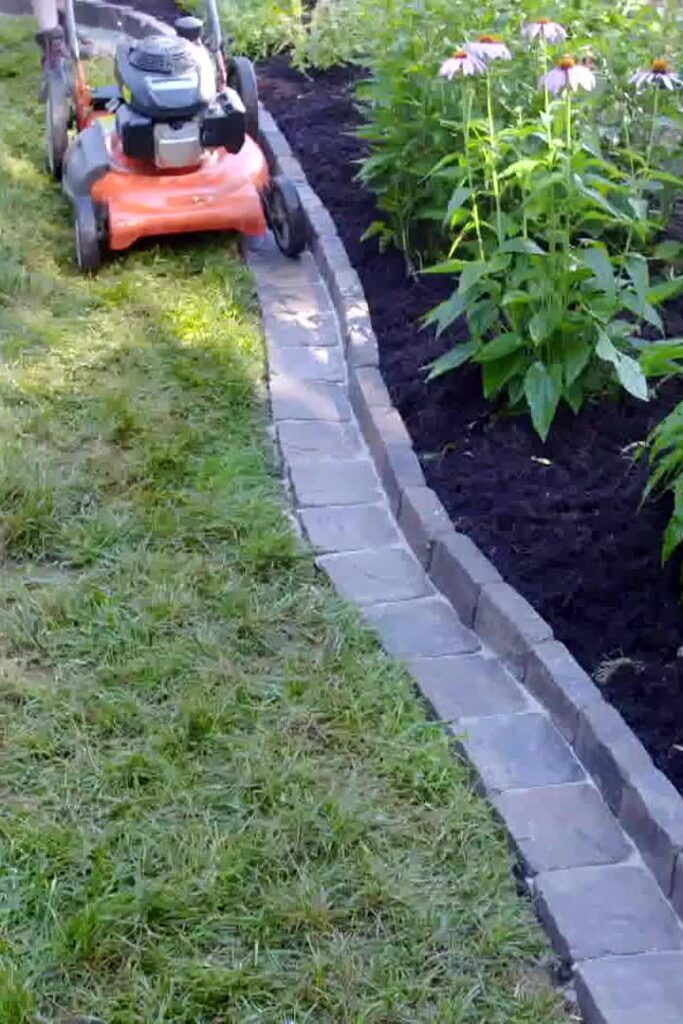
And there’s something about walking outside, coffee in hand, and seeing those crisp lines that just makes you feel like you’ve got your act together—even if you’re still winging everything else (like the rest of us).

